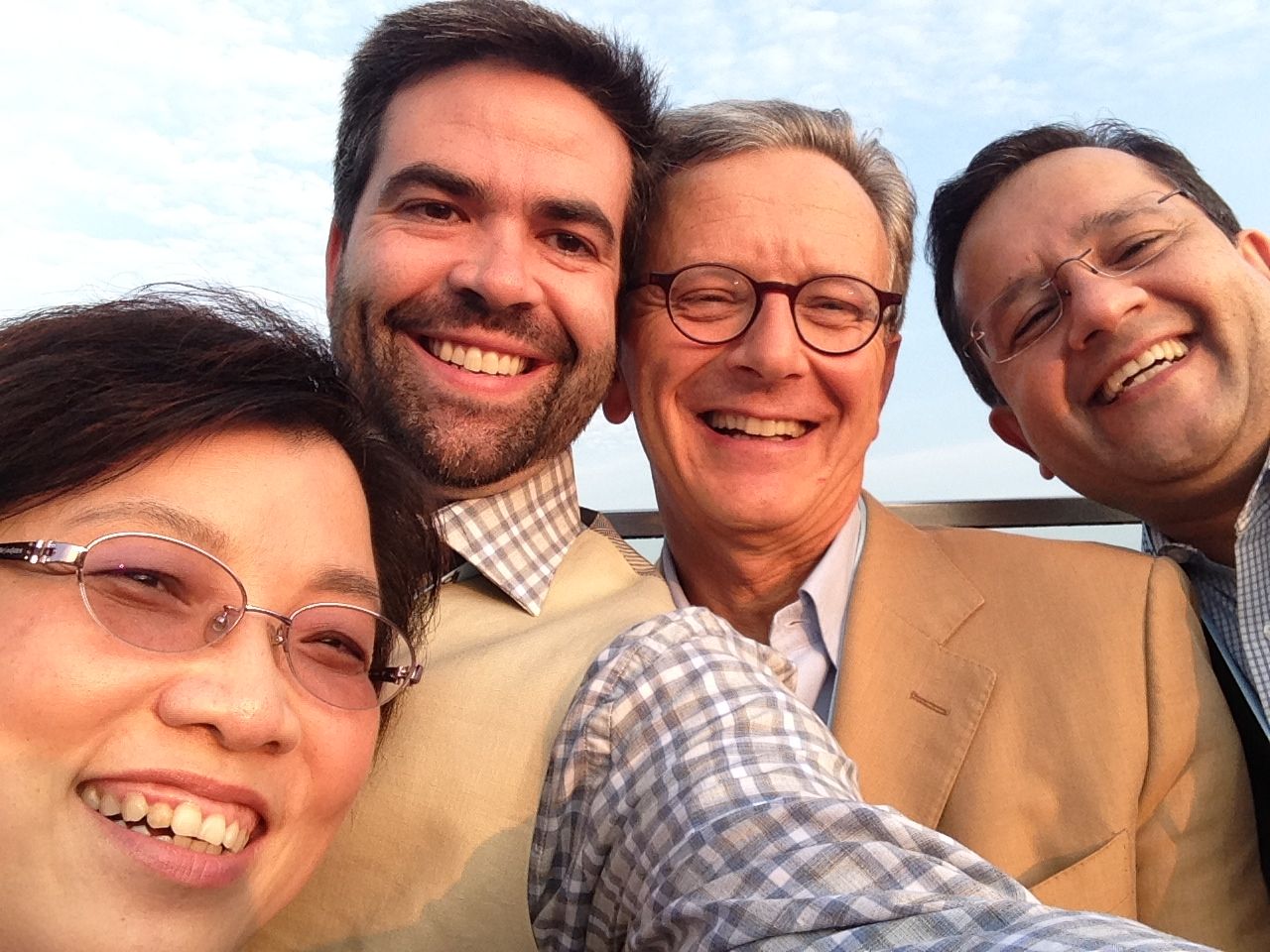lunes, septiembre 15, 2014
|
 I just returned from the international Pigment Cell Conference (iPCC) in Singapore, where experts from all over the world who study diseases related to melanocytes, the pigment cells in the skin, discussed their research. It was a fantastic meeting, and overall there were 51 separate lectures on vitiligo and an additional 51 posters presented on vitiligo research. Other interesting topics were melanoma and new treatments, treatments for melasma (darkening of the skin), cosmetics to lighten the skin, and discussions on how melanocytes produce melanin and pass it to other skin cells to produce the color that we all see. Here is the program in case you’re interested.
I just returned from the international Pigment Cell Conference (iPCC) in Singapore, where experts from all over the world who study diseases related to melanocytes, the pigment cells in the skin, discussed their research. It was a fantastic meeting, and overall there were 51 separate lectures on vitiligo and an additional 51 posters presented on vitiligo research. Other interesting topics were melanoma and new treatments, treatments for melasma (darkening of the skin), cosmetics to lighten the skin, and discussions on how melanocytes produce melanin and pass it to other skin cells to produce the color that we all see. Here is the program in case you’re interested.
The iPCC is held every 3 years, and rotates among the United States, Europe, and Asia. Asia hosted this year in Singapore, which is quite an impressive city. Not only did the iPCC provide a forum for discussion of research in vitiligo, but also an opportunity for dermatologists who treat vitiligo, researchers who study it, and those who do both to come together and socialize, which often is when the best new ideas are generated. We spent time together at dinner, exploring the city, and having a few drinks in some of the world’s tallest rooftop bars.
I enjoy these meetings and interactions immensely, and they are a big reason why I do what I do. In addition to the lectures each of us gave, we had “round table” discussions about our thoughts on diagnosing and treating vitiligo, as well as how best to proceed in our research to most efficiently bring new treatments, and a cure, directly to patients. I discussed our work targeting the IFN-g-CXCL10-CXCR3 axis to treat vitiligo, Caroline Le Poole discussed HSP70, Mauro Picardo summarized the importance of cellular stress in melanocytes, and Iltefat Hamzavi and Pearl Grimes spoke about their recent experience testing the new drug Afamelanotide in patients with vitiligo. Others, including Viktoria Eleftheriadou, Khaled Ezzedine, and Alain Taieb discussed how best to perform future clinical trials, and Amit Pandya described a new way to tell if vitiligo is active and likely to progress quickly. Sanjeev Mulekar, Davinder Parsad, and MANY others related their experience in surgery for vitiligo, and a company discussed their new VitiCell product for surgery as well.
Believe it or not, we even had some disagreements. But that’s the beauty of science and the strength of coming together for these meetings. I am thrilled to be a part of such an important, committed, and talented group, and I believe that together we will discover new treatments, and eventually a cure, for vitiligo. It will take a lot more work, adding even more people to the team, and a source of research funding (read more about that here) to make it all happen. But if you have vitiligo, or know someone who does, you can rest assured that we are working hard to bring relief for this disfiguring, often devastating, disease!